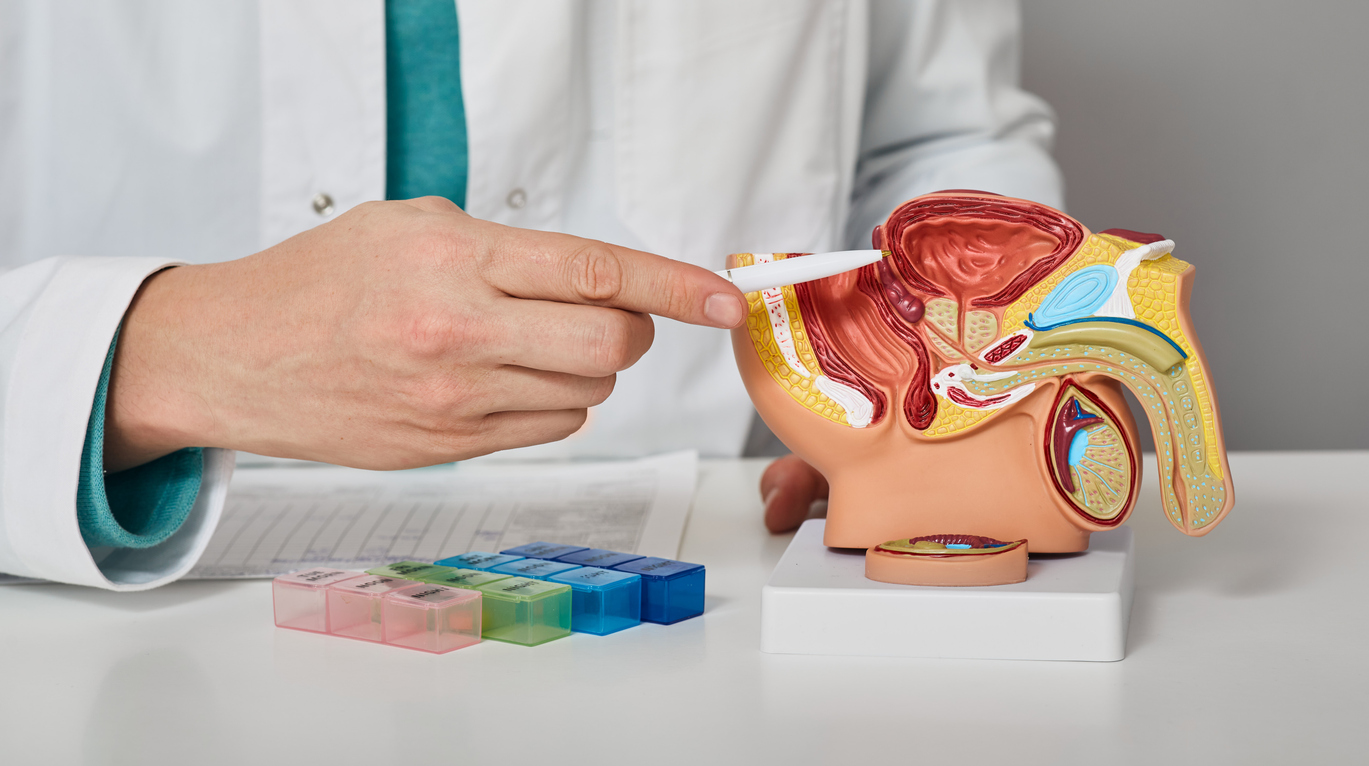2025-11-21
NeuroSAFE-assisted surgery: a lever to preserve continence and erectile function after prostatectomy?
Urology-nephrology Oncology
Radical prostatectomy (RP) remains a key treatment for men with localized prostate cancer. However, it is associated with two major side effects: urinary incontinence and erectile dysfunction, both of which significantly affect postoperative quality of life. Nerve-sparing (NS) techniques allow partial preservation of erectile nerves to limit these complications, but they carry a greater risk of positive surgical margins, particularly in cases of extracapsular tumor extension. The NeuroSAFE technique (Neurovascular Structure-Adjacent Frozen Section Examination) enables intraoperative analysis of margins near the neurovascular bundles. Its goal is to increase the use of nerve-sparing without compromising oncologic safety. The Dutch study presented here evaluates, in more than 1,000 patients, postoperative functional outcomes on continence and erectile function following systematic adoption of NeuroSAFE in a high-volume surgical center. Better functional recovery with NeuroSAFE? Cohort and methods The study included 1,034 men who underwent robot-assisted radical prostatectomy between September 2018 and February 2021. Among them, 987 (95.5%) benefited from the NeuroSAFE protocol. Continence and erectile function (EF) outcomes were collected using validated questionnaires (EPIC-26, ICIQ-UI SF, IIEF-5) before surgery and at 6 months, 1 year, and annually thereafter. Increased nerve preservation and favorable continence rates Most patients underwent nerve-sparing surgery: 55% bilaterally and 30% unilaterally, versus 15% without NS. Among men without preoperative incontinence, 92% reported using 0–1 urinary protection per day at 1 year, and 94% at 2 years. These rates rose to 96% for patients with NS surgery, compared with only 78% for those without NS at the 2-year follow-up. Erectile function: partial but meaningful improvement Among patients with good preoperative erectile function, 45% retained good or intermediate erectile function two years after RP. EF recovery was clearly correlated with the type of nerve preservation: 49% in the bilateral NS group versus 15% in the non-NS group. Qualitatively, only 20–28% of men recovered erections deemed sufficient for sexual intercourse, depending on the questionnaire used (EPIC-26 or IIEF-5). Limitations and potential biases Response rates to the functional questionnaires were limited (60% for EF and 63% for continence), which may introduce a selection bias. The absence of a control group without NeuroSAFE prevents direct comparison, although results exceed national Dutch benchmarks. Additionally, the cohort was older (median age: 68 years) than in several comparative studies. Toward broader adoption of NeuroSAFE? This large prospective study demonstrates that introducing the NeuroSAFE technique in robotic radical prostatectomy significantly increases nerve-sparing rates, with clinically meaningful improvements in urinary continence and erectile function at mid-term follow-up. Results show that continence recovery reaches 94% at 2 years, and approximately one in two men retains satisfactory erectile function after nerve-sparing surgery, particularly when bilateral. These findings support wider integration of the NeuroSAFE approach in centers performing RP, provided that rapid pathology processing and experienced surgical teams are available. Additional studies, ideally comparative and multicenter, will better quantify NeuroSAFE’s direct impact on functional and oncologic outcomes while assessing its cost-effectiveness in standard prostate cancer management.
Last press reviews
Digital rectal exam in prostate cancer screening: time to rethink its role?

By Carolina Lima | Published on November 20, 2025 | 3 min read<br>
Prostatectomy or SBRT: which treatment better preserves quality of life?

By Lila Rouland | Published on November 20, 2025 | 3 min read<br>
